Sustainability Trends
Sustainability has emerged as a pivotal driver within the Luxury Tableware Market. Consumers are increasingly aware of environmental issues and are seeking products that align with their values. This has led to a growing demand for sustainable materials and ethical production practices in luxury tableware. Brands that prioritize eco-friendly practices are likely to attract a more conscientious consumer base. Market Research Future suggests that the sustainable luxury goods market is projected to grow at a rate of 8% annually, reflecting a shift towards responsible consumption. This trend indicates that the Luxury Tableware Market must embrace sustainability to remain competitive and relevant in the eyes of modern consumers.
Influence of Social Media
The Luxury Tableware Market is being reshaped by the pervasive influence of social media platforms. As consumers increasingly turn to social media for inspiration, the visibility of luxury tableware brands has expanded significantly. Influencers and lifestyle bloggers often showcase exquisite table settings, which can lead to heightened interest and demand for specific products. Recent studies indicate that nearly 70% of consumers are influenced by social media when making purchasing decisions, particularly in the luxury segment. This trend underscores the importance of a strong online presence for brands in the Luxury Tableware Market, as effective social media marketing strategies can drive sales and enhance brand recognition.
Rising Disposable Incomes
The Luxury Tableware Market appears to be significantly influenced by the rising disposable incomes of consumers. As individuals experience an increase in their financial capabilities, they tend to invest more in premium products, including luxury tableware. This trend is particularly evident in emerging markets, where a burgeoning middle class is eager to enhance their dining experiences. According to recent data, the luxury goods sector has seen a compound annual growth rate of approximately 5% over the past few years, indicating a robust demand for high-end tableware. Consumers are increasingly prioritizing quality and exclusivity, which drives the growth of the Luxury Tableware Market. This shift in consumer behavior suggests that as disposable incomes continue to rise, the market for luxury tableware will likely expand further.
Evolving Consumer Preferences
The Luxury Tableware Market is currently experiencing a shift in consumer preferences towards unique and personalized dining experiences. Modern consumers are increasingly seeking products that reflect their individual tastes and lifestyles. This trend is evident in the growing demand for artisanal and bespoke tableware, which offers a sense of exclusivity and craftsmanship. Market data indicates that the demand for personalized luxury items has surged, with a notable increase in sales of custom-designed tableware. This evolution in consumer preferences suggests that brands within the Luxury Tableware Market must adapt their offerings to cater to these desires, potentially leading to innovative designs and collaborations with artists and designers.
Cultural Influences and Globalization
Cultural influences and globalization are playing a crucial role in shaping the Luxury Tableware Market. As cultures blend and global travel becomes more accessible, consumers are exposed to diverse dining traditions and tableware styles. This exposure fosters a desire for unique and culturally inspired tableware, which can enhance the dining experience. Market data reveals that there is a growing interest in international designs, with consumers seeking products that reflect a fusion of styles. This trend suggests that brands in the Luxury Tableware Market may benefit from incorporating global design elements into their collections, appealing to a wider audience and enhancing their market presence.


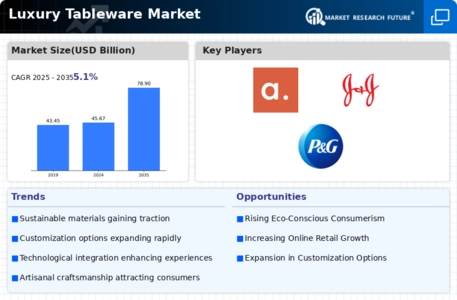
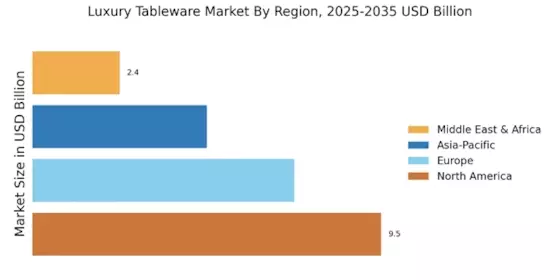
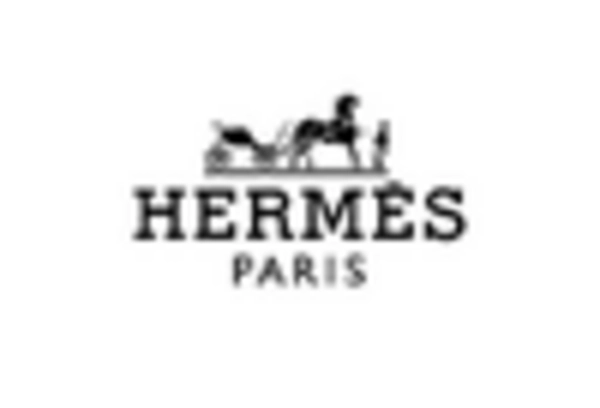
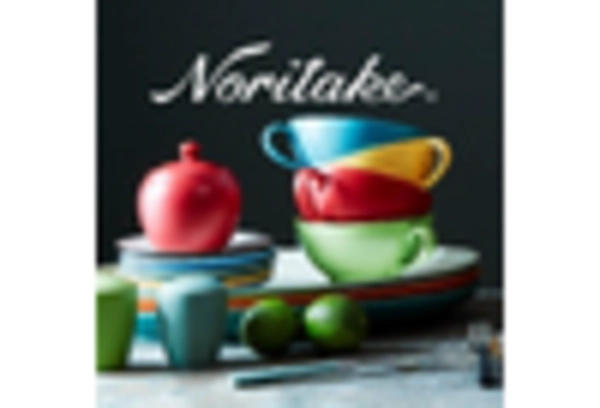
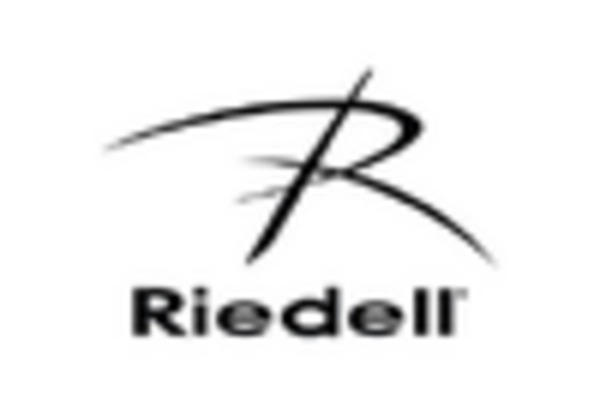

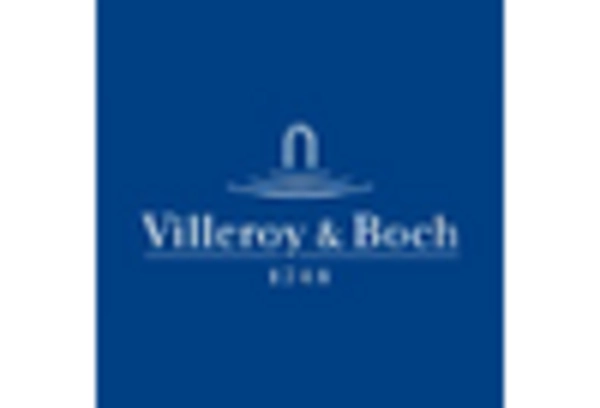
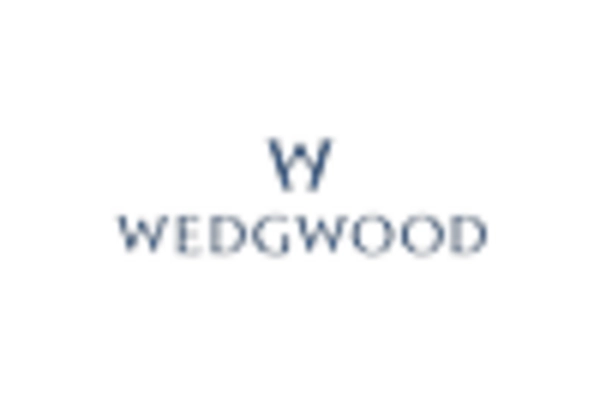








Leave a Comment